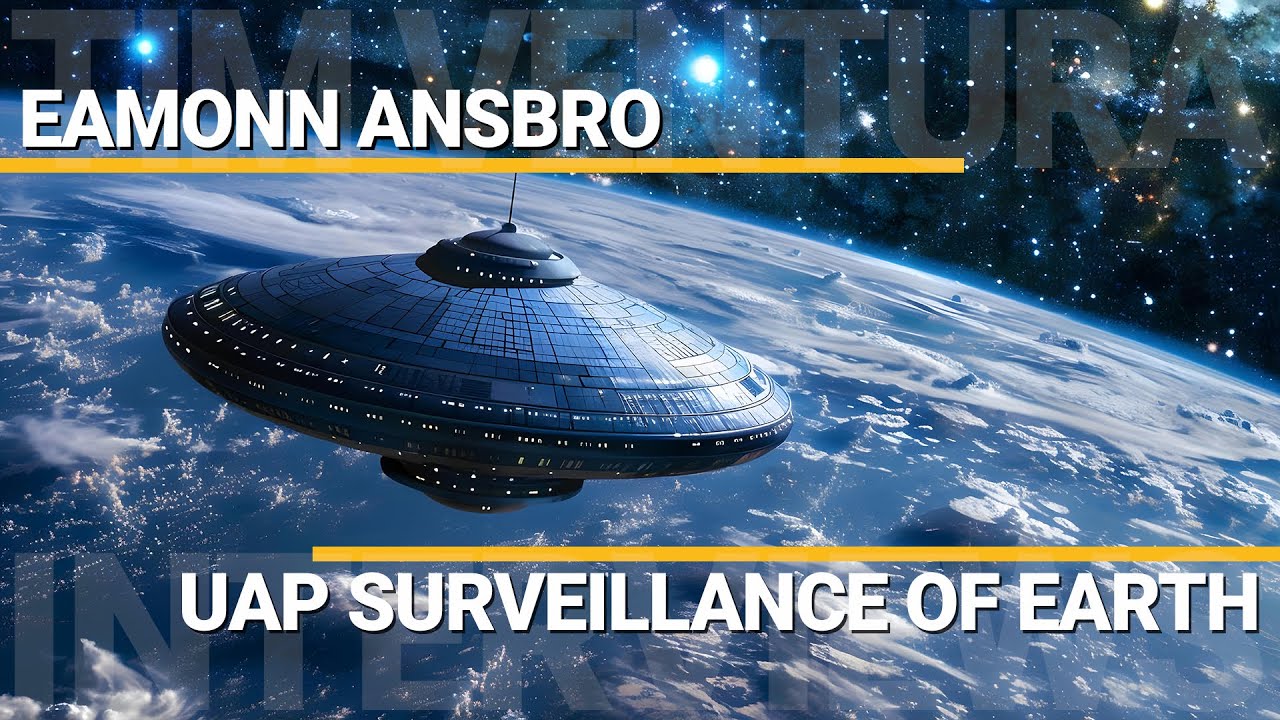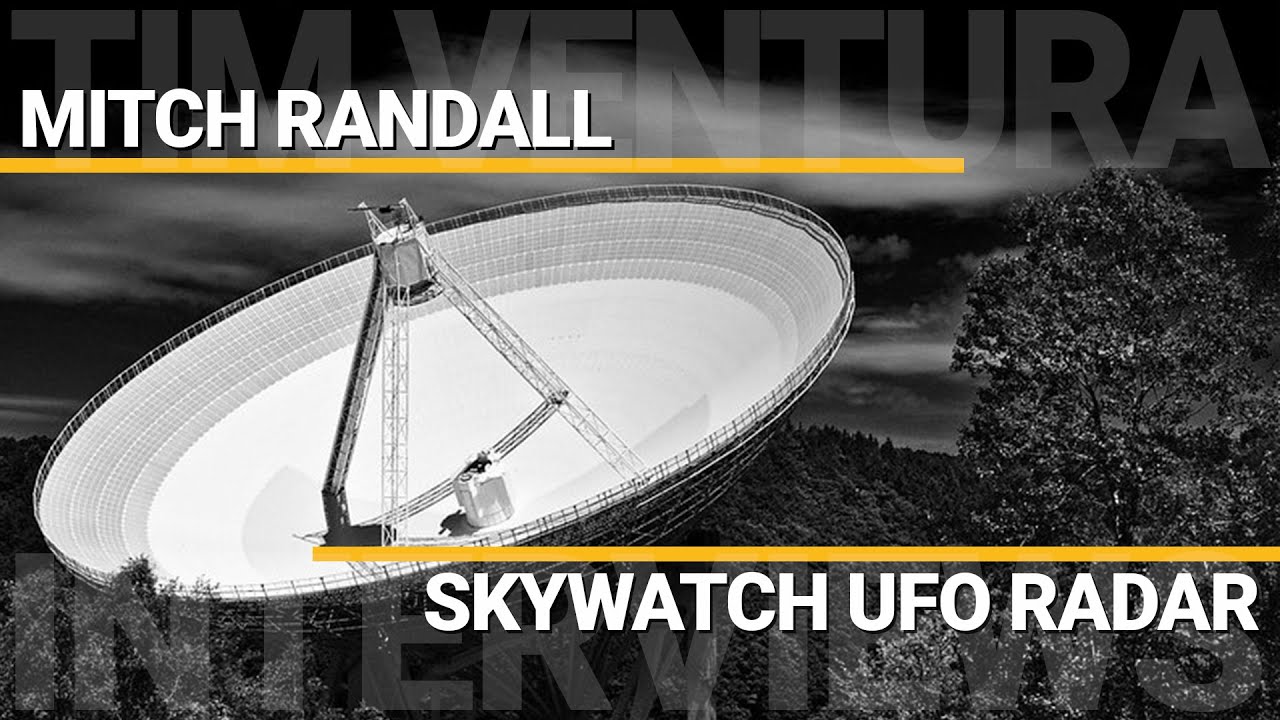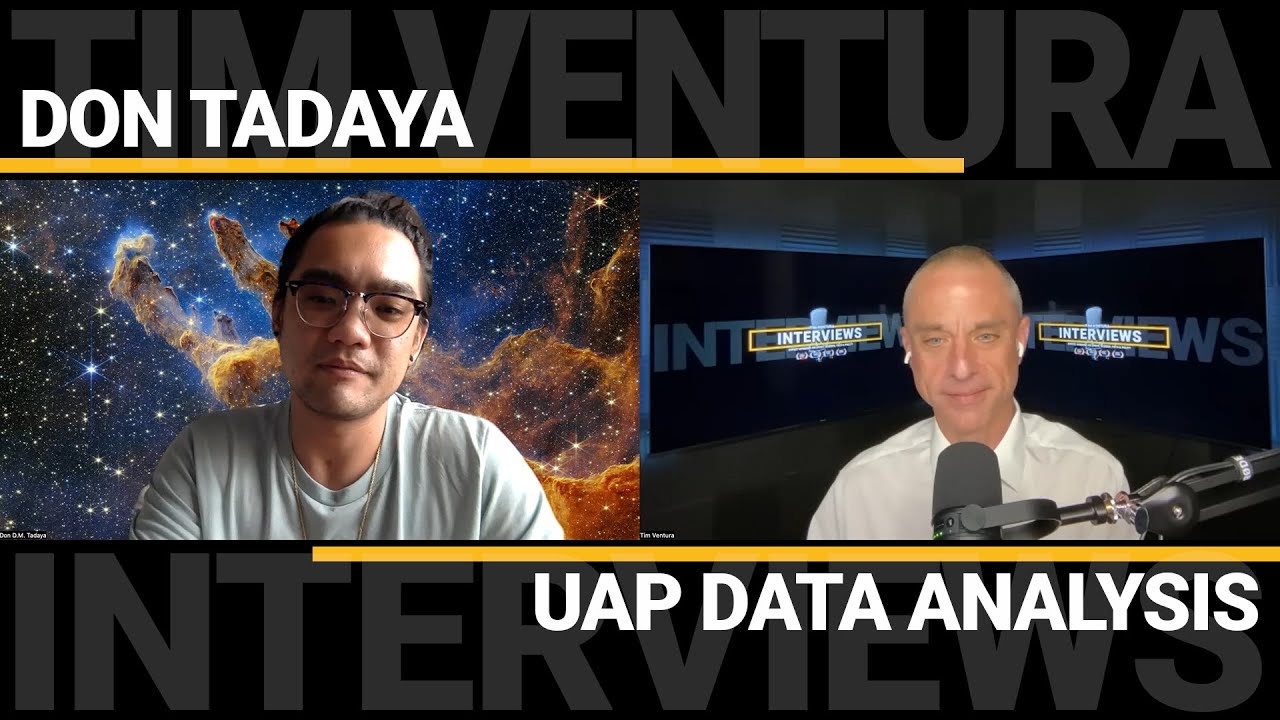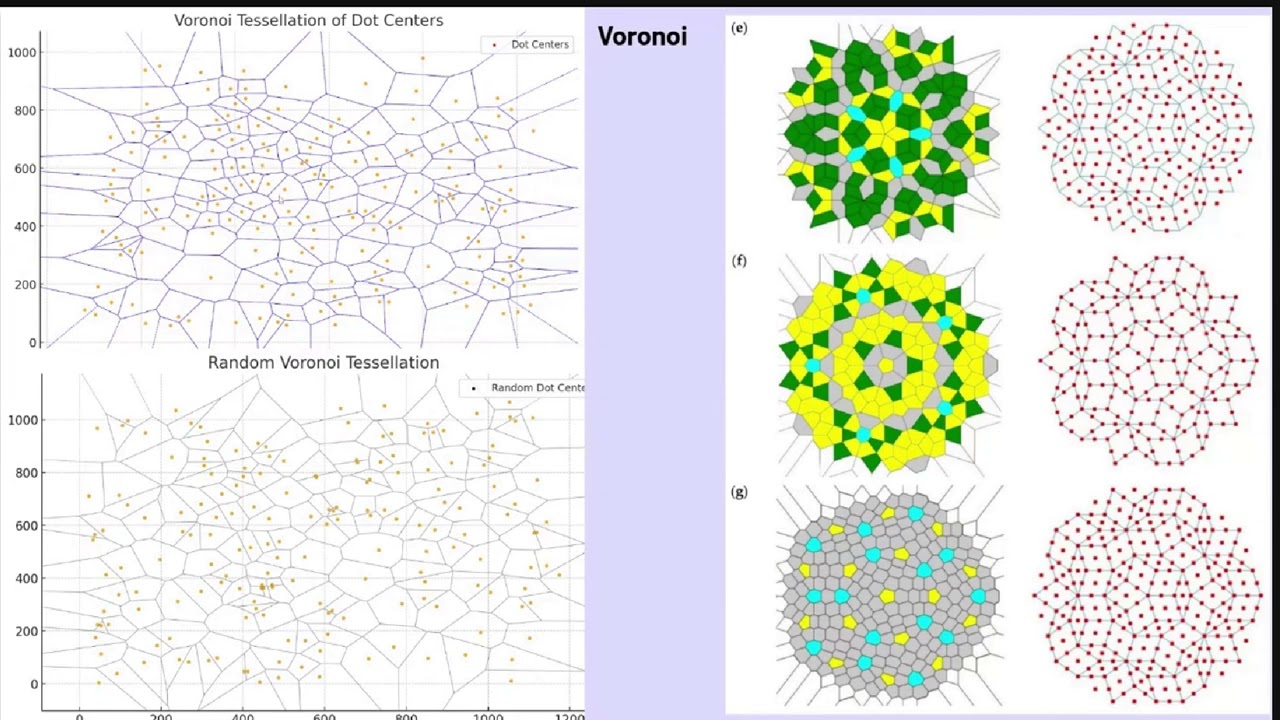UAP Detection & Tracking
David Hooper showcases his work on a multispectral UAP detection system at the UAP Hackathon 2025 in San Francisco. Hooper’s innovative gimbal tracking system integrates various cameras (UV, visible, IR) and a custom pan-tilt head with a slip ring, overcoming limitations of standard security cameras. The system aims for consumer-friendly plug-and-play integration, utilizing readily available components like common camcorders.
The discussion also covers the use of passive radar (via SDRs) to detect UAP position, velocity, and acceleration, and the importance of multimodal data analysis (including atomic clocks for time dilation detection) to objectively analyze UAP phenomena and validate online videos. The hackathon focuses on creating a decentralized, blockchain-managed sensor network for widespread UAP data collection and AI-driven analysis.
Hooper’s future plans involve field work with experiencers, business development, and creating affordable consumer-grade UAP detection technology (under $250 per device for passive radar, LWIR mobile attachment, and atomic clock). He can be contacted on X (Twitter) @DavidHooperR.
David Hooper and the Multispectral Revolution
David Hooper, a veteran of previous UAP conferences, presented his groundbreaking work at the hackathon. The focus? A sophisticated yet surprisingly affordable gimbal tracking system designed for multispectral UAP analysis. This isn’t your average security camera setup. Hooper’s system utilizes a custom pan-tilt head with an integrated slip ring, overcoming the limitations of standard cameras like the Dahua. This allows for seamless integration of various cameras and light frequencies, including UV, visible light, and long-wave infrared (FLIR).
The system’s versatility is remarkable. It’s compatible with high-end cameras like the Psyonix Aurora, while also being designed for future integration with readily available consumer-grade camcorders. This focus on accessibility is crucial for Hooper’s vision of a decentralized, citizen-driven UAP detection network.
Beyond Sight: A Multimodal Approach
Hooper’s system isn’t just about capturing images; it’s about collecting comprehensive data. The use of UV, visible, and FLIR spectra allows for multispectral analysis, a critical step in validating often-controversial UAP observations. The importance of multimodal data analysis cannot be overstated. By combining data from various sensors, we can move beyond subjective interpretations and towards objective conclusions about these phenomena.
This multimodal approach extends beyond visual data. Hooper highlighted the potential of Software Defined Radios (SDRs), like the readily available RTL-SDR, for passive radar detection. By leveraging existing FM and TV broadcast towers as transmitters, this method can detect subtle signal perturbations caused by UAPs, providing valuable information about their position, velocity, and even acceleration.
Tackling the Time Factor and Data Validation
One of the most intriguing aspects of Hooper’s work is the integration of chip-scale atomic clocks for time dilation detection. This addresses the often-reported phenomenon of “missing time” associated with UAP encounters. By comparing the time readings of two synchronized atomic clocks (one in the detection system, one as a control), even minute discrepancies could provide compelling evidence of anomalous spacetime effects.
The sheer volume of UAP-related videos online, many of which are AI-generated fakes, underscores the need for robust data validation. Hooper emphasizes the crucial role of multispectral data (visible, FLIR, UV, and radar) in verifying the authenticity and analyzing the characteristics of these recordings. Furthermore, unusual radar returns could potentially indicate spacetime distortions, such as those predicted by Alcubierre drive theories.
Building a Decentralized Network: The Future of UAP Detection
Hooper’s vision extends beyond individual devices. He envisions a decentralized sensor network, leveraging blockchain technology for secure data management and alerting other sensors to potential UAP sightings. This collaborative approach would enable coordinated data collection and analysis on an unprecedented scale. The hackathon served as a crucial step in developing this network, focusing on creating affordable, consumer-friendly technology for widespread participation.
The Next Steps: From Hackathon to Humanity
Hooper’s ambitious goals include developing three key technologies under $250 each: a passive radar system, a continuous zoom long-wave infrared mobile phone attachment, and an atomic clock for time dilation detection. His ultimate aim is to create a consumer-friendly product that empowers individuals to contribute to UAP research, fostering a more objective and data-driven understanding of these phenomena. He plans to achieve this through a combination of field work with experiencers, business development, and strategic partnerships, always prioritizing mission alignment over profit.
Connect with David Hooper:
You can connect with David Hooper and learn more about his work on X (formerly Twitter) at @DavidHooperR. A website is also in development. His dedication to open collaboration and public engagement is a testament to his commitment to advancing UAP research for the benefit of humanity.
Register For UFORev
Want to see more great UFO Reverse Engineering stories? Sign up for our mailing list to get exclusive access to captivating presentations, engaging events, and more!
RECENT POSTS
Detecting UFO Warp Drive Signatures
April 12, 2025
UAP Surveillance of Earth
February 14, 2025
SkyWatch UFO Radar
November 10, 2023
UAP Data Analysis On 80,000 Sightings
May 29, 2023
Art’s Parts Sample May Contain Quasicrystals
April 7, 2025





